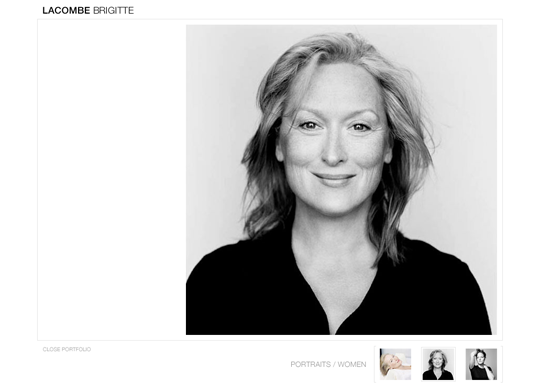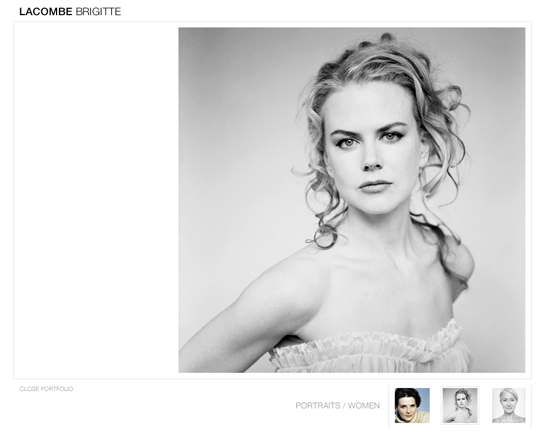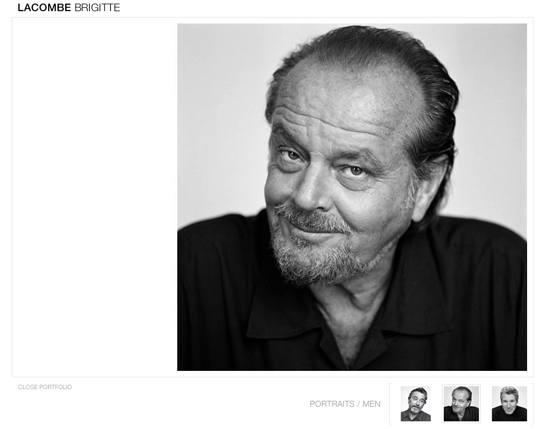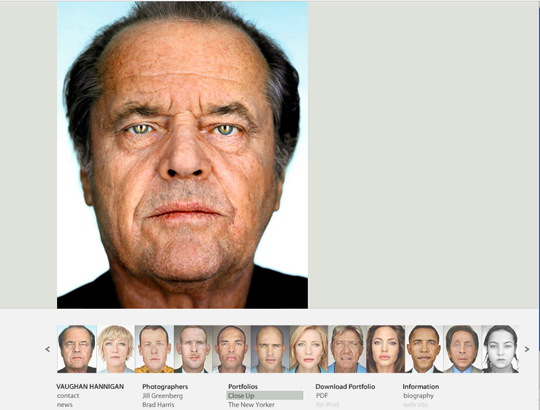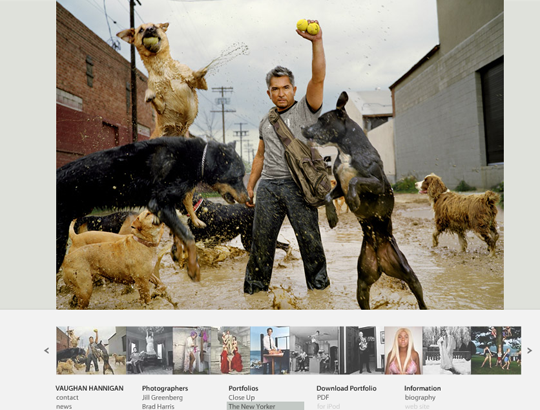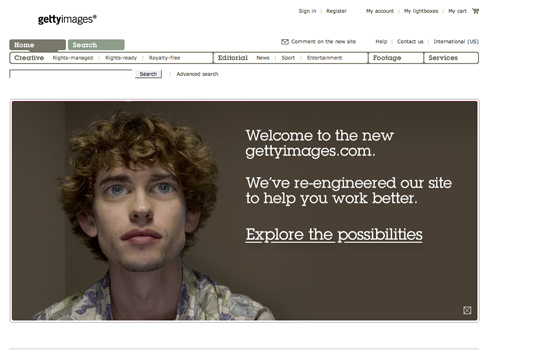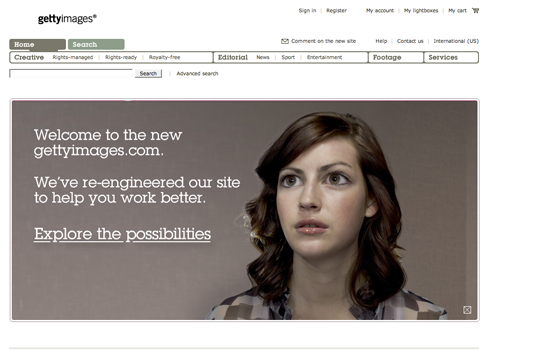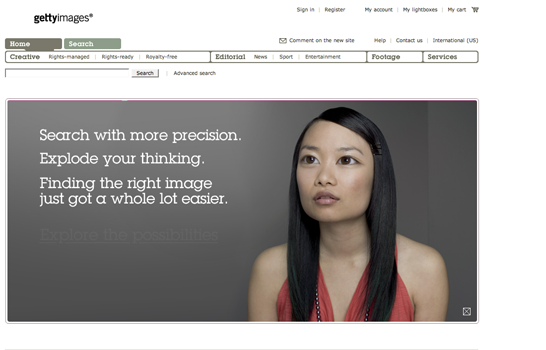Old Geezer Says:
Old Geezer here. I’m the older brother of Old Yeller. Funny how a post that started about a bad tv show ended up with a bunch of college students asking advice about their future. Well, pull up a chair, boys and girls, and let Old Geezer share some of his hard earned wisdom. I envision a list, of about a hundred items, and we’d have to stop at a hundred, because we’d never remember more than that. Anyone else over the age of forty can chime in too; I’m sure I won’t think of everything.
1. In college, learn as much tech stuff as you can. This will make you more valuable as an assistant. Don’t just be a navel gazer with a 5D.
2. In college, take business classes too. You don’t want to be one of those stoner kids that just reads and ponders life. You want to APPLY what you learned.
3. In college, take as many philosophy classes as you can. Try to think BIG. Try to care about the world. Try to get a grip on the big picture.
4. In college, take a year off and drive across the country, and camp along the way. Do it with good friends that are smart; not dumbasses that just want to get high. Bring some books. Bring some audio books if you can’t read.
5. Make sure and take some acid somewhere along the way. Preferably in Monument Valley or Canyonlands. I know that sounds dumb, but everybody needs to do that once or twice.
6. When you start assisting, consider putting away your cameras entirely for a few years, and concentrate on being a servant. Get into a servant mindspace. Be in a supportive role. Trust me, it helps. This is your time to be a giant sponge and learn as much as you can. It’s not your time to shoot. (Ok, maybe with your iphone, but nothing more serious than that).
7. Think how you can be most useful to a photographer. That will get you hired, and keep you getting hired.
8. Eliminate excess Drama from your life.
9. Live beneath your means. Keep things simple.
10. Be a good conversationalist. Be well read. No one wants to drive five hours with an assistant that doesn’t have anything to add to the conversation. And it better be better than how to make web galleries from Bridge, or something geeky like that.
11. Keep your mouth shut around clients. Just be a good energy, but sure as hell, don’t offer ideas. The photographer has his own agenda, and he needs to work that out with the client.
12. Don’t be late for work. And if you are, call ahead and let the photographer know. Don’t just show up thirty minutes late, especially if it’s on the way to LaGuardia.
13. Be loyal.
14. Go beyond the call of duty.
15. Don’t order expensive drinks after the job, especially if it’s editorial. Be aware of the budget.
16. Turn off your fucking cell phone during the job. Fine to check messages during lunch, when it’s your time, but don’t be sending text messages to your girlfriend, even if nothing is going on in the job. Trust me, even though you’re not aware of it, there is something ALWAYS going on in the job.
17. Reread 16.
18. Be prompt when submitting Invoices. Don’t bitch about photographers always paying late, if you wait twenty days before you Invoice a job.
19. Be a sponge. Notice everything. Notice the way the photographer deals with the client. Notice the issues that the clients have, and be sensitive to these. You, as an assistant, are privy to a ton of valuable unspoken information; make the best use of it. Learn from it.
20. Travel out of the country as much as possible. Learn how other people live. Learn that America is not the center of the universe, and learn that you don’t need your cell phone 24 hours a day. Again, be a sponge, about how other people live.
21. Don’t show up hung over to a job. It’s just not cool. No matter how hard you worked the day before.
22. Dress well. Doesn’t have to be Prada, but try to look competent.
23. Learn your job. Learn the subtleties of a Profoto pack. Learn about the fuses in a Pro 7b. Try to learn CaptureOne, even just the basics of it. You are Support; try to know your craft. Even the geeky details. It’s the geeky details that’ll sometimes save a job. That’s when you’ll be the hero, and you’ll get an extra beer that night at dinner. (But don’t show up the next day hung over).
24. Go to the Times today, and read the Norman Mailer Obit. Try to create your life to be half as interesting as his life. If you do that, you’ll be fine.
25. Always order good Catering. That’s all the client really cares about. And make sure they get put up in a nice hotel.
26. Learn as much technical stuff as you can, because Rule Number One is, the client doesn’t really care about your vision of the world. They care about their vision. If you show one thing in your book, chances are, you’ll be called for something else. So have a good grab bag of tricks, for those days when you walk into a beige conference room, and have to shoot a fat guy on the corner of a desk.
That’s all that Old Geezer knows for now. Maybe someone older can write up another twenty-six.
Good luck with your careers, young people. God knows the world needs another photographer. With SVA and Art Center and the like cranking them out by the hundreds, soon we’ll have enough photographers to handle all those big budget jobs that we all turn down.
And.
